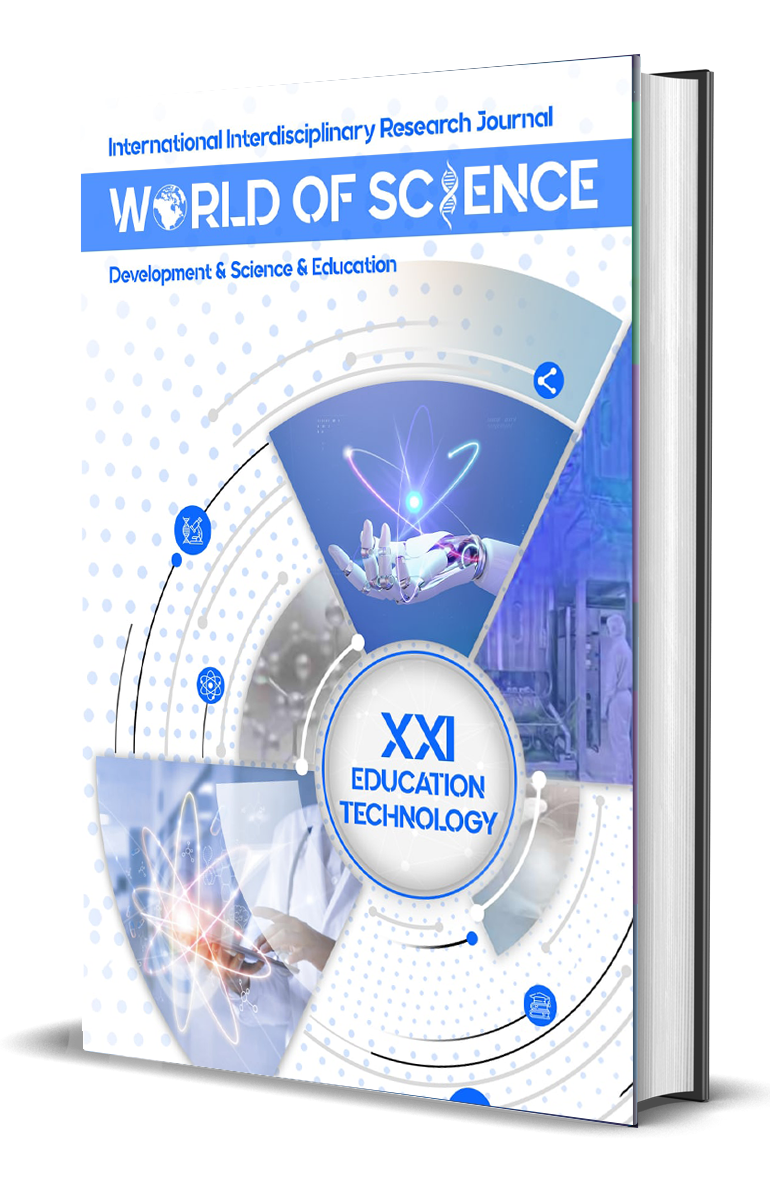ENHANCING WRITING CAPABILITY WITH TECHNOLOGY-AIDED WRITING INSTRUMENTS FOR LANGUAGE LEARNING
Keywords:
Technology-enhanced writing tools, writing skills, language learning, grammar checkers, language translation software, digital writing platformsAbstract
Technology-enhanced writing tools offer innovative solutions to enhance writing skills in language learning by providing learners with interactive and supportive environments. This article explores the use of various digital tools, such as grammar checkers, language translation software, and writing platforms, to improve writing proficiency. It discusses theoretical foundations, benefits, practical implementation strategies, and case studies demonstrating the effectiveness of technology-enhanced writing tools in fostering language development.
References
Atkinson, D. (2011). English language teaching in its social context: A reader. Routledge.
Chapelle, C. A. (2001). Computer applications in second language acquisition: Foundations for teaching, testing, and research. Cambridge University Press.
Flower, L., & Hayes, J. R. (1981). A cognitive process theory of writing. College Composition and Communication, 32(4), 365-387.
Grabe, W., & Kaplan, R. B. (2014). Theory and practice of writing: An applied linguistic perspective. Routledge.
Leki, I., Cumming, A., & Silva, T. (2008). A synthesis of research on second language writing in English. Routledge.
Nunan, D. (1991). Language teaching methodology: A textbook for teachers. Prentice Hall.
Raimes, A. (1983). Techniques in teaching writing. Oxford University Press.
Swales, J. M., & Feak, C. B. (2012). Academic writing for graduate students: Essential tasks and skills. University of Michigan Press ELT.
Warschauer, M. (2006). Technology and writing. In C. A. Chapelle & S. Sauro (Eds.), The handbook of technology and second language teaching and learning (pp. 776-792). Wiley-Blackwell.
Yang, J., & Brown, J. D. (2017). Secondary and tertiary language learning and teaching. Routledge.





